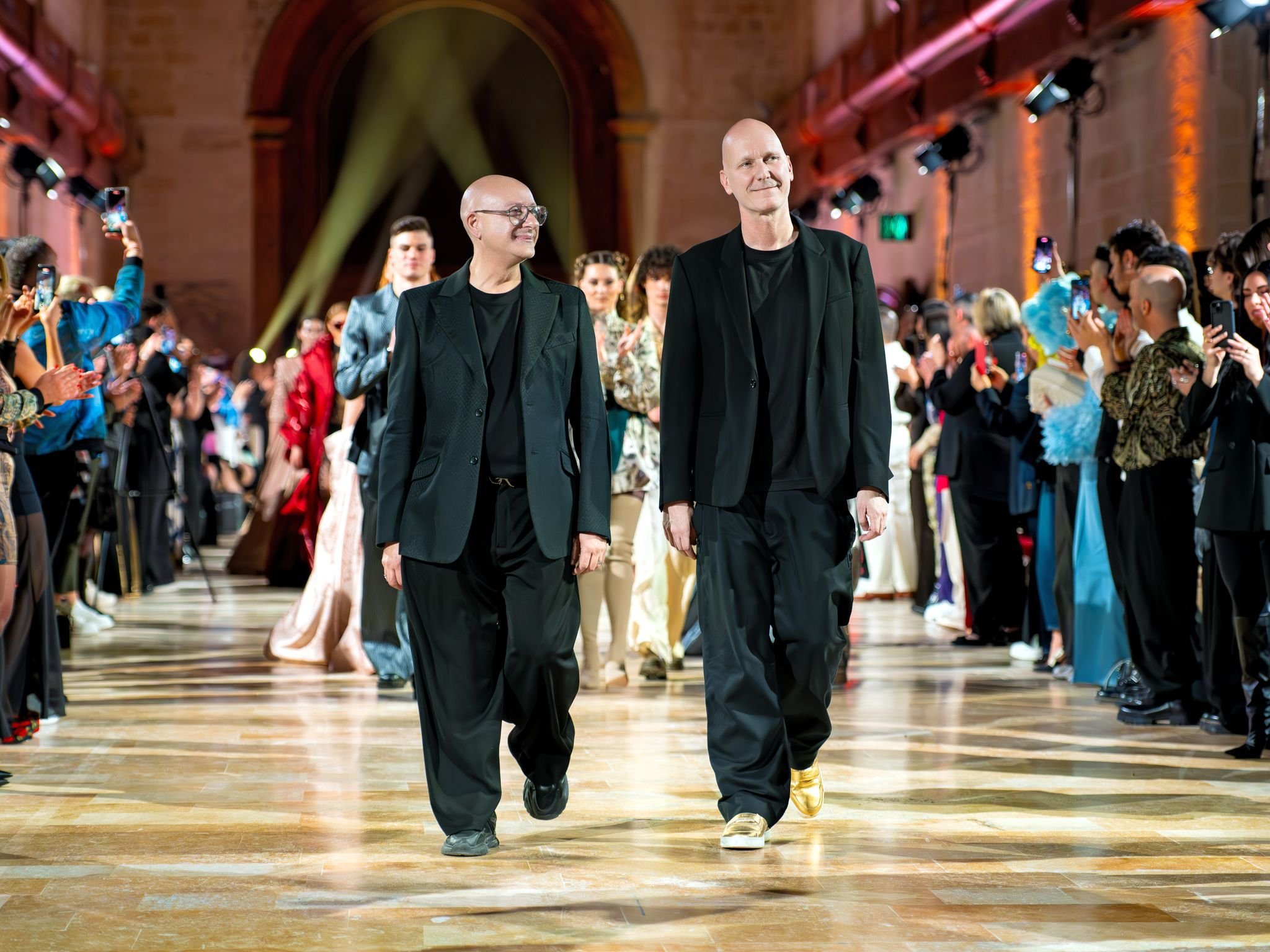The illusion of sustainability
In a world quick to label actions as "sustainable", Ed Muscat Azzopardi urges us to dig deeper. True sustainability demands more than doing "less harm"—it calls for a radical, long-term rethink of how we build, consume, and value our surroundings. Anything less is just an illusion we can't afford.
We throw the word 'sustainable' around and hardly ever stop to consider the full reach of its meaning. It has come to be associated with any activity, resource use, or process that negatively impacts the environment less than a comparable equivalent.
That isn't really sustainable. Neither does it encapsulate the whole meaning of sustainability. For something to be sustainable, it must be upheld over time without causing harm or depletion to its environment, society, and the economic ecosystem it forms part of. It implies that our actions today do not impede future generations from meeting their own needs.
The starting point
Let's start from the most essential point of departure - our point of view. We depart from a grossly anthropocentric view of everything we do, which is crucial when discussing sustainability. While we are the species we are concerned about most, we are but one link in an intricately interconnected ecosystem. What might sustain us at the expense of any other species is not, in fact, sustainable for the entire ecosystem.
From there, we build upwards and consider the multiple ways in which our activities can be sustainable.
Repurposed building: Lombard Bank in Sliema
If we are to leave an inhabitable planet for our progeny, we cannot leave the old "do a little less harm" definition of sustainability on the table. We must wrap it in recycled paper and deposit it in the recycling bin. Even a neutral stance is unsustainable. Unless we look at our constructed environment with a view to reverse the staggering amount of harm that we are causing to the natural environment, we are neglecting our duties towards future generations.
Let's consider that global cement production is accountable for 8% of our CO2 emissions. We can see that the construction industry is a major contributor to the sustained environmental damage. And that is simply the view of one side-effect of a single material (before we even consider the impact of its transport costs).
Beyond the environment
But sustainability is not just about the environment. A sustainable practice is one that can continue to exist from an economic standpoint. If I decide to spend 10% more than what I earn every year, it is easy to see that there will come a time when my spending becomes completely unsustainable.
Repurposed building: Bank of Valletta offices (located within a previous residence known as the House of Four Winds
As we continue to construct the world around us in a way that is decoupled from the realities of those who inhabit it, we know that we are heading towards an inevitable inflexion point. When the supply side outstrips demand - mainly for affordability - the market finds a way of self-regulating. An easier way of saying this is that there is a product on the market, but no one wants to purchase or rent it at unreasonable rates. The fact that we're still keeping the two sides balanced does not mean the situation will remain as is indefinitely.
What goes up
A long-term view of everything we do is essential. We've built, torn down, and rebuilt so much of what's around us - especially when we were forced to look at what we'd built in a hurry.
Sometimes, there is a very good reason to do so. Look at Rotterdam. The city was flattened during the Second World War and rebuilt quickly. The haste was an absolute necessity. Since then, a large majority of the 'panic' buildings have been torn down to be rebuilt in a more practical and beautiful way.
After all, we are an ostensibly intelligent species. We want our surroundings to be aesthetically pleasing, functional, and practical. While war may justify building a city twice within five decades, we don't have too many other excuses to waste time, materials, money, and energy. Concrete is devilishly hard to repurpose and recycle, so it usually ends up relegated to the mountains of construction waste that will endure beyond the expected lifespan of our species.
Timeless architecture: Ballutta Buildings
For good, in both senses
Building with a very long-term view in mind is sensible and admirable. We are lost in admiration for the structures that have endured since ancient times - Mayans, Romans, Egyptians, Greeks, etc. - all built for posterity, and the results of their efforts stand today as proud reminders of what happens when a long-term view is the primary focus of any endeavour worth embarking on.
Buildings that look beautiful and last a long time benefit absolutely everyone. As Le Corbusier claimed, those who could not afford to live in buildings he designed ought to be able to benefit from their beauty as they passed by.
Aesthetics and longevity can and should be intertwined notions. We should build to last and build for beauty. There is no reason to walk through a street and be assaulted by ugly. It's a challenge to be anywhere around a built-up area of our tiny islands, look around you, and be solely captivated by the beauty of the surrounding buildings.
When accountants design the majority of new builds, it is no surprise that they have the aesthetic appeal of a spreadsheet. We've gained density and lost beauty. The Greeks, Romans, and the rest of our global civilisation-building ancestors would be appalled to know how we've perverted the example they left us a few millennia ago.
Beyond brick-and-mortar
The principles of sustainable construction extend far beyond cement and steel. Organisations can be built with either short-term expediency or long-term resilience. Just as we wouldn't want our buildings designed primarily by accountants, we shouldn't let our business models be dictated solely by quarterly results. Whether constructing physical spaces or building brands and companies, the foundation matters. That foundation begins with the narratives and values we design in our organisations from day one. Truly sustainable businesses, like truly sustainable buildings, require thoughtful architecture, with systems and structures designed to weather challenges while creating lasting value for all stakeholders.
We are actually in control
When we consider what we're about to do next, we know that sustainability will be expected of us. It is up to us to define the word meaningfully for those who come next. Luckily, there is plenty at our disposal to help us construct the world around us in a way that future generations will be proud of.
We have techniques, materials, and best practices developed over the years and are there for us to use wisely as we design and build the spaces we need. There is also plenty we can do to use existing buildings wherever possible. The notions of adaptive reuse, retrofitting, infill development, and even what the Italians call the 'albergo diffuso'. This involves using existing buildings spread around the town as a hotel - not only does it preserve the architectural vernacular, but it saves on the material and energy costs of constructing a new hotel building.
Of course, pursuing these ideals comes with practical challenges. Initial costs for quality materials and thoughtful design are often higher, even if they pay dividends over many decades to come. From planning permissions to heritage preservation requirements, Malta's dense regulatory landscape can make adaptive reuse projects complex undertakings. Finding architects and construction contractors with experience in sustainable retrofitting or preservation-minded construction presents another hurdle.



















As development surges ahead, MONEY asks: is sustainability just a buzzword, or a real responsibility? We speak to planners, activists, and architects about building a future grounded in accountability.